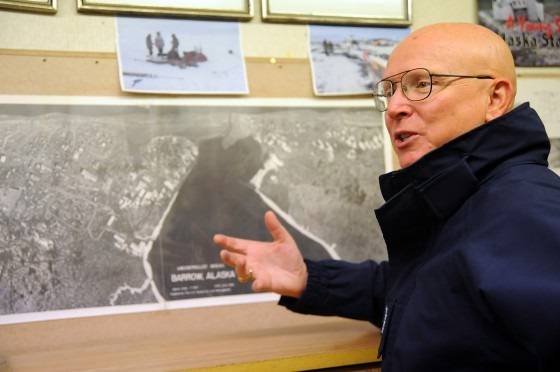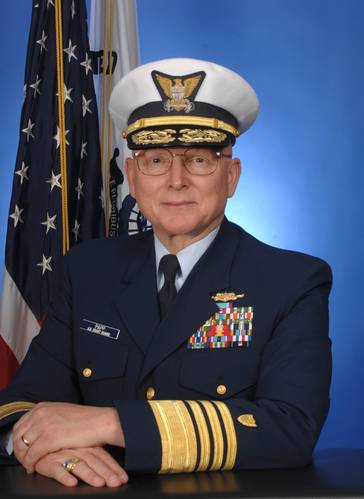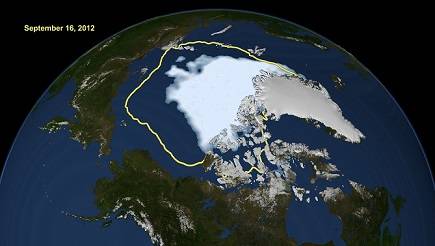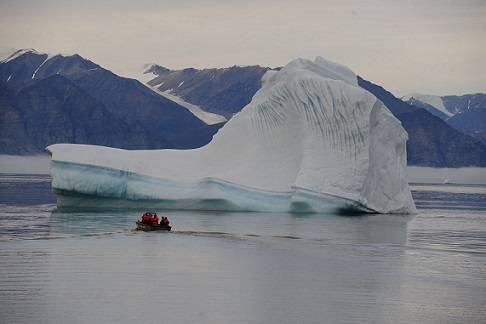Admiral Papp to Explain USCG Arctic Strategy at CSIS Forum
Admiral Robert J. Papp, Commandant of the U.S. Coast Guard, to address the Center for Strategic & International Studies (CSIS) forum on May 21, 2013.
CSIS Europe Program will host a Military Strategy Forum on the Coast Guard's strategic vision for its future role in the Arctic, featuring Admiral Robert J. Papp, Jr., Commandant of the U.S. Coast Guard, and Heather A. Conley Senior Fellow and Director of the Europe Program, CSIS .
Admiral Papp said, "The U.S. approach to the Arctic region must reflect our values as a nation and as a member of the global community. We will approach holistically our interests in promoting safety and security, advancing economic and energy development, protecting the environment, addressing climate change and respecting the needs of indigenous communities and Arctic state interests. – National Strategy for the Arctic Region.
The U.S. Coast Guard’s value to the nation resides in our proven ability to protect those on the sea, protect the United States from threats delivered by sea and protect the sea itself. Our unique authorities, capabilities, competencies and partnerships as a military, law enforcement, regulatory and humanitarian service are central to that value proposition. We are recognized worldwide for our ability to execute these diverse maritime missions over vast geographic areas and under the most challenging and demanding conditions.
As we prepare for the future, the emerging maritime frontier of the Arctic is significantly expanding our operating area. Last September we observed the lowest sea ice extent in recorded history, and there are vast areas of open water where there used to be ice. Activity in the most remote reaches of Alaska continues to evolve and grow, including planned drilling operations in the Chukchi and Beaufort Seas, foreign tankers using the northern sea routes which transit through the Bering Strait and Sea, and small cruise ships pressing even further into the Arctic. As the receding ice invites increased human activity in commercial and private ventures, there is increasing demand for the Coast Guard to ensure the safety, security and stewardship of the nation’s Arctic waters.
We must think and act strategically.
Tomorrow, I will release the U.S. Coast Guard Arctic Strategy to guide our efforts in the region over the next 10 years. This strategy is based on nearly 150 years of Coast Guard experience in maritime operations in the Arctic region, since the U.S. Revenue Cutter Lincoln first arrived in the new U.S. territory of Alaska in 1867.
The U.S. Coast Guard Arctic Strategy documents our intent to pursue three key objectives: improving awareness, modernizing governance and broadening partnerships.
Beyond these objectives, we will continue to build upon our Service’s long heritage of leadership in the Arctic, working with Federal, state, local and territorial partners to ensure maritime governance in the region."
WHEN/WHERE:
Tuesday, May 21, 2013
, 10-11 a.m.
Pierce Ballroom
at the Willard Intercontinental,
1401 Pennsylvania Ave. NW,
Washington, D.C. 20004
The Center for Strategic and International Studies (CSIS) is a bipartisan, non-profit organization founded in 1962 and headquartered in Washington, D.C. It seeks to advance global security and prosperity by providing strategic insights and policy solutions to decision makers.
www.uscg.mil





















